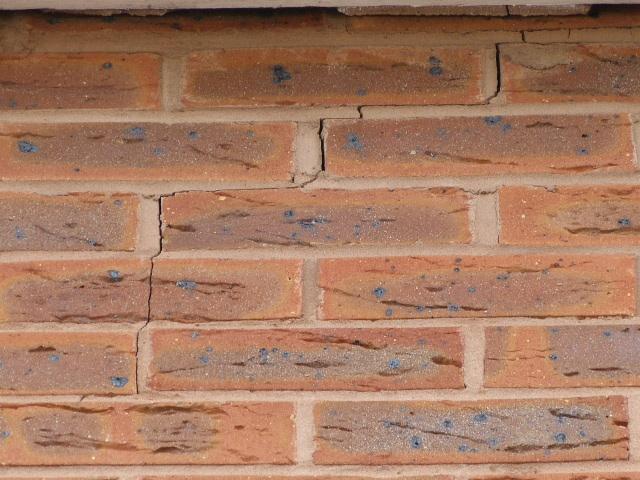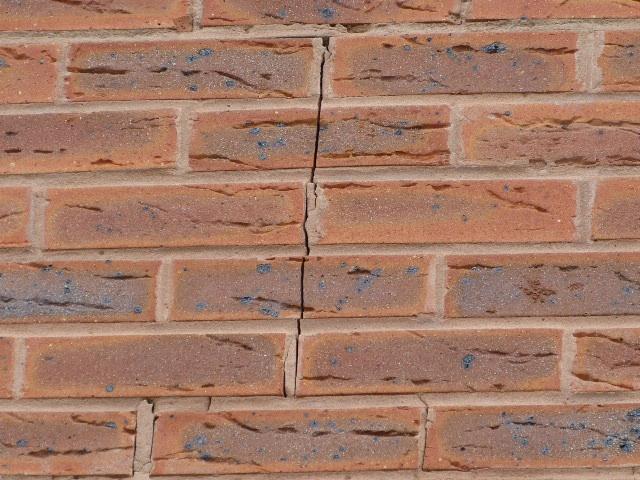I'm hoping someone may be able to provide a little advice. I purchased my current house just a little over one year ago, I had a survey carried out before purchase which noted 'no evidence of ongoing structural movement in the property' and 'no evidence of defects to the main walls within the scope of my inspection and report'.
Over the weekend I have noticed several cracks seem to have developed (please see pics in my album named 'Gable end'). These cracks appear on the upper portion of the gable end. The property is 15 years old.
I have been advised by a family member to just keep an eye on them to see if they develop further but I'm not sure if I should be contacting my insurance company now? What do you think? Am I making a fuss about nothing?
Any advice you give would be greatly appreciated, I'm pretty clueless as you can probably tell!
Over the weekend I have noticed several cracks seem to have developed (please see pics in my album named 'Gable end'). These cracks appear on the upper portion of the gable end. The property is 15 years old.
I have been advised by a family member to just keep an eye on them to see if they develop further but I'm not sure if I should be contacting my insurance company now? What do you think? Am I making a fuss about nothing?
Any advice you give would be greatly appreciated, I'm pretty clueless as you can probably tell!






